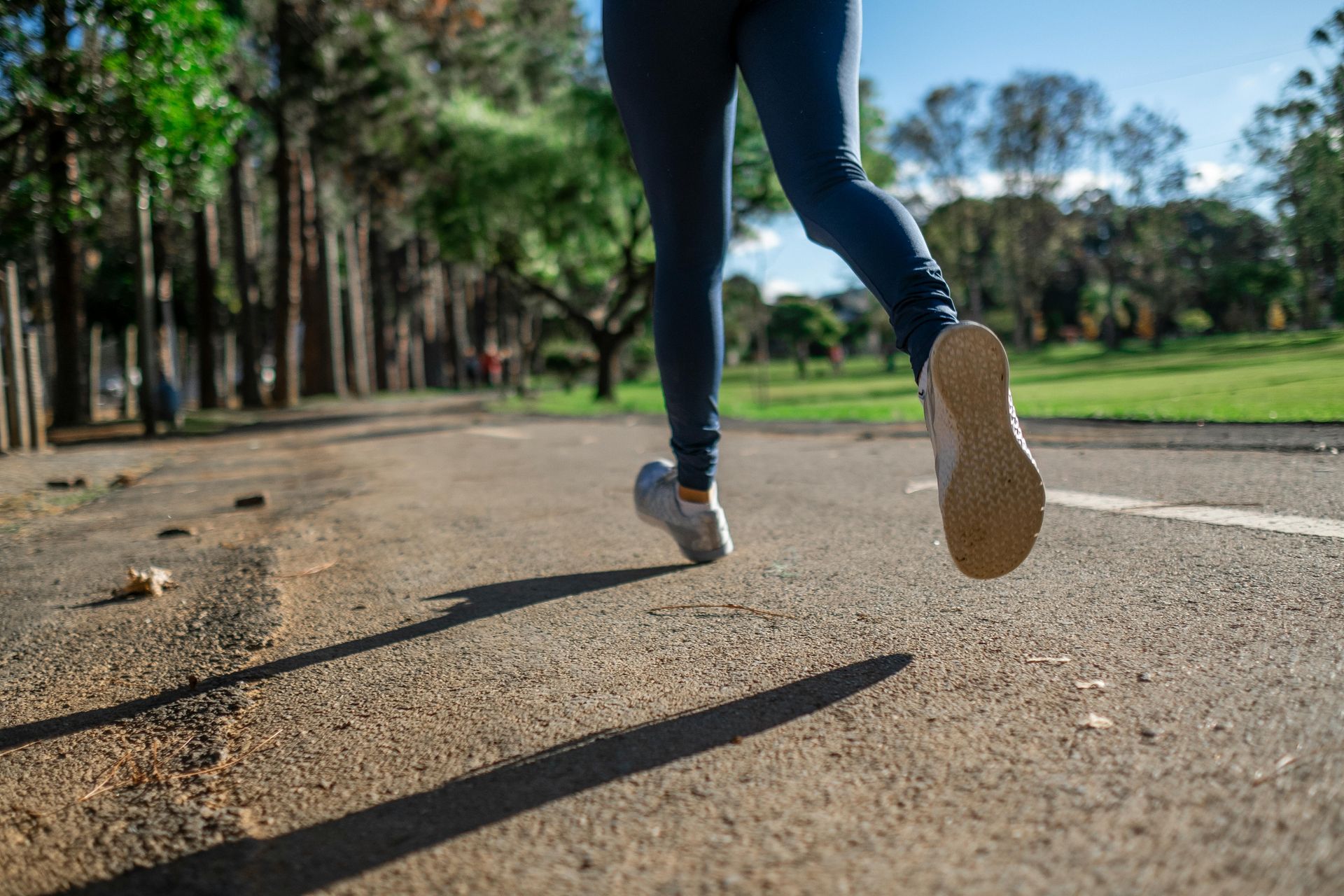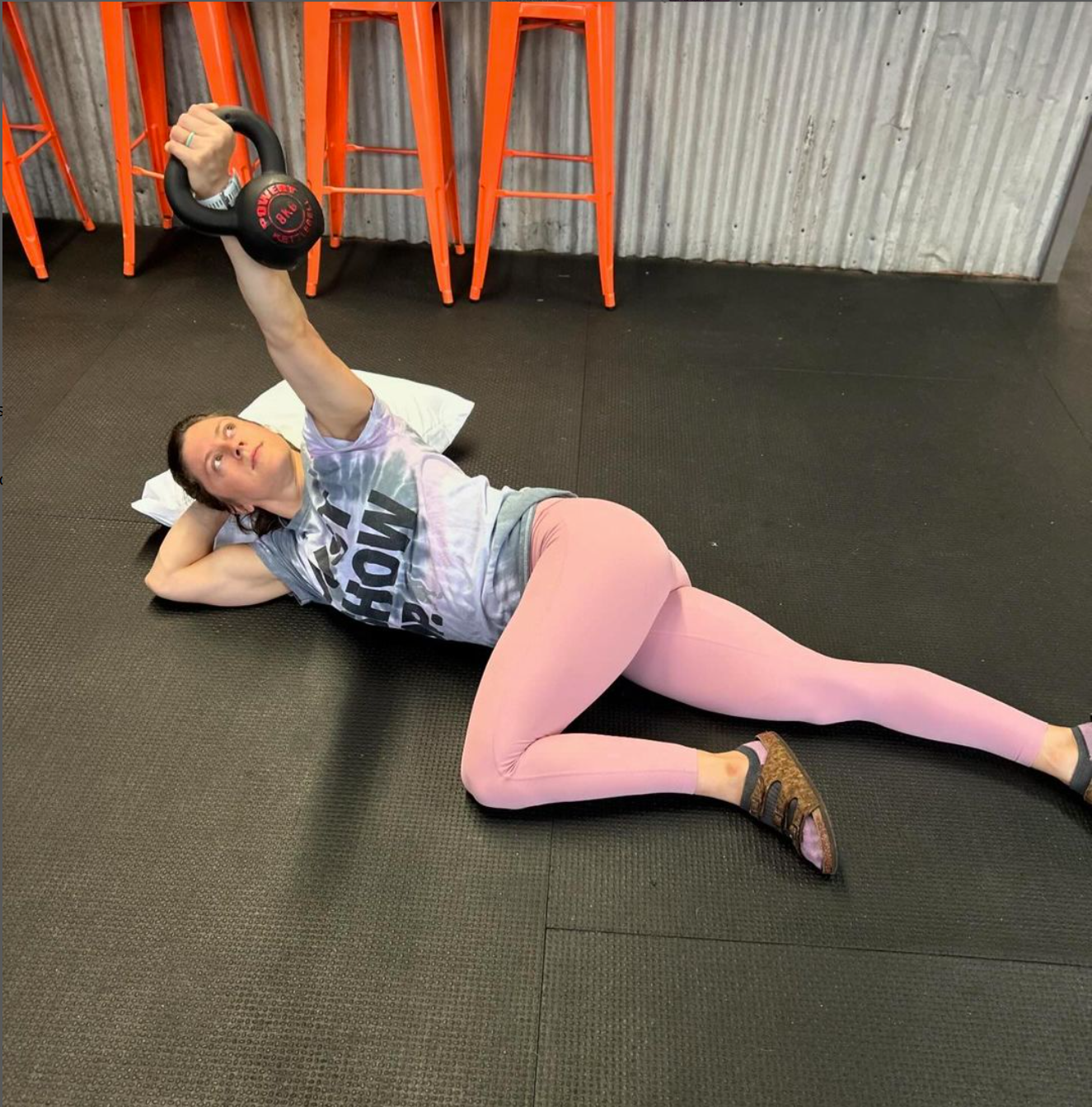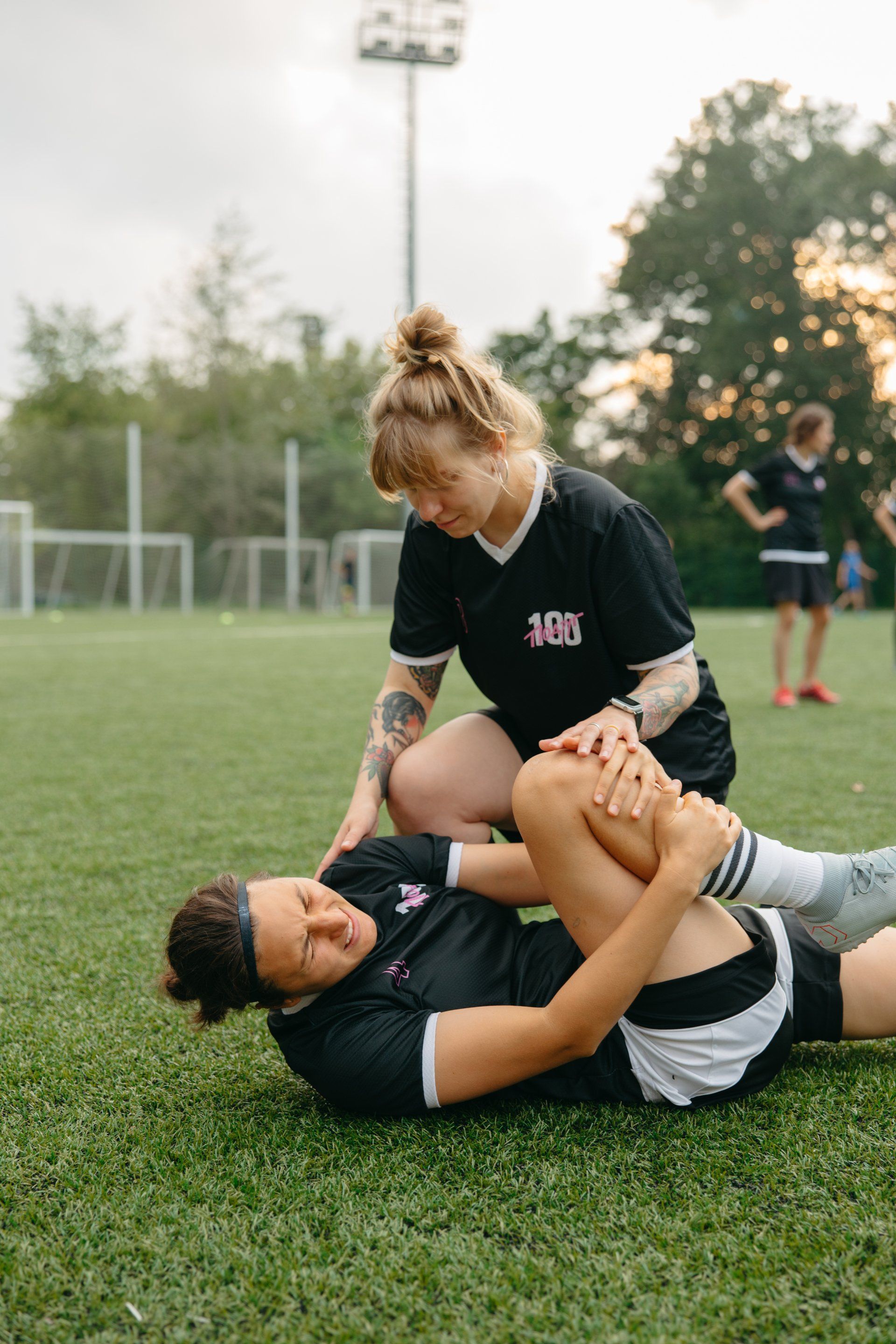How To Avoid Nagging Injuries
Nagging injuries present numerous challenges for active adults and athletes, as they can significantly impact their daily lives and athletic performance. The persistent pain these injuries cause often leads to frustration and de-training. To overcome these challenges, it is crucial to adopt the right approach to recovery, one that not only helps individuals conquer their nagging injuries, but also empowers them with the knowledge to maintain an active lifestyle. In part 1 of this series, we will first address strategies to decrease the likelihood of nagging injuries from occurring. In the next article, we will offer guidance on how to manage your own pain in a step-by-step approach.
Outdated Methods to Avoid
For DECADES, many people have relied on the RICE method (rest, ice, compression, and elevation) and nonsteroidal anti-inflammatory drugs (NSAIDs) to treat their pain from nagging injuries. However, recent research has shown that these approaches are now outdated and may not be the most effective in treating such ailments. Resting and relying on ice/heat and NSAIDs might provide temporary relief, but they often fail to address the underlying causes of the pain.
The use of NSAIDs to manage inflammation may actually be counterproductive in the long run. While these drugs can temporarily reduce pain and inflammation, they also have the potential to delay the natural healing process. Inflammation is a critical component of the body's response to injury, as it helps initiate the repair and regeneration of damaged tissues. By suppressing inflammation, NSAIDs may inadvertently prolong the recovery period and potentially increase the risk of chronic pain or recurring injuries.
It's essential to explore more proactive and evidence-based strategies to effectively treat and prevent nagging injuries, moving beyond the limitations of the RICE and NSAIDs approach. Adopting treatments that focus on addressing the root causes of pain, rather than merely masking symptoms, can lead to more sustainable and long-lasting recovery outcomes.
Proactive Strategies to Prevent Nagging Injuries
At Rebound, we believe in adopting proactive and evidence-based strategies to effectively prevent nagging injuries. These strategies focus on addressing the root causes of pain, rather than simply masking symptoms. Here are some of the strategies we recommend:
1.Good Technique
We cannot stress this enough. During your training, the main focus should be on the target muscle, movement and/or skill you are performing. Quality is king in this realm and should be at the highest standard. Quality > Quantity will ensure longevity into your health and wellness.
2. Appropriate Progressions
Whether this be in the running athlete, world of CrossFit, general fitness or sports performance, load and training capacity will be a major component to keeping nagging injuries at bay. Tracking your training is just as important as showing up to your training. Understanding where you were last month, to where you are this month and where you expect to be next month can allow for appropriate volume (sets, reps, intensity) progressions within your training. Taking massive leaps in any of these metrics may increase the risk of an injury occurring. Following the 10% rule is a very general rule to follow while planning your routine. We’ll provide two very basic examples:
Runners looking to increase weekly mileage. This will be the TOP end of increasing mileage per week.
Week 1 - 20 total miles
Week 2 - 22 total miles (10% increase)
Week 3 - 24 total miles (10% increase)
General fitness looking to get stronger in their squat. Currently 1RM 100lbs.
Week 1 - 4x6 @ 75lbs
Week 2 - 4x5 @ 80lbs (5% increase)
Week 3 - 4x4 @ 85lbs (5% increase)
3. Appropriate Planning
Depending on what quality (speed, power, strength etc.) you are currently training, certain variables should be addressed. If it’s general fitness or strength training, you should be looking to aim for each muscle group 2-3x per week, while allowing recovery between training sessions. Hitting the same movement or muscle group multiple days in a row will not allow for proper healing off tissue between sessions and your body will have a tougher time adapting to your previous training session.
If you are runner training multiple times per week, every session should not be the same distance, time and intensity. As a beginner, it is TOTALLY appropriate to run 2-3 times per week at the same intensity, duration and/or distance to start building your base. For our more advanced or trained runners, planning weekly and monthly progressions toward your goal or upcoming race will allow for improved performance AND decreased risk of injury.
If you’re looking for a running coach, we currently work with two fantastic coaches.
Michelle Kulak coaches out of McKirdy Trained and has been an excellent resource for our patients.
Michael Rieger coaches out of Farmington High School with Track and Field and Cross Country, along with Elias Sports Performance.
Community Resources
The best way to reduce the risk of these annoying injuries from ever occurring can best be addressed with a well-structured training program. We work with many gyms in the Greater Hartford area, keeping their members strong, healthy and moving well. If you’re looking for guidance in what you should be doing, instead of trying to figure it out yourself, take the time and inquire how these facilities can best serve you. To help you on your journey, we recommend several local resources that cater to active adults and athletes:
1. Bionic Crossfit : An excellent CrossFit gym for athletes looking to improve their fitness and performance in a supportive and challenging environment.
2. The Strength Spot : A private gym that focuses on adult fitness and strength training, offering customized workout programs and expert guidance to help you achieve your goals.
3. Sculpt Fitness: Fitness center specializing in adult fitness and conditioning, providing a variety semi-private and personal training to suit your needs and preferences.
4. Elite Soccer Performance: A soccer skills development facility for athletes looking to enhance their soccer abilities through targeted training and professional coaching. ESP offers strength and conditioning groups focused on improving soccer performance and reducing injury risk.
5. LIFT Performance: A sports performance facility that primarily works with athletes and active adults to boost their physical capabilities, offering a range of services such as strength and conditioning, injury prevention, and sport-specific training.
By leveraging these local resources, you can access the expertise, facilities, and support you need to overcome nagging injuries and achieve your athletic ambitions.
By leveraging these local resources, you can access the expertise, facilities, and support you need to overcome nagging injuries and achieve your athletic ambitions.
Wrap Up
Overcoming nagging injuries requires a combination of activity modification, improved movement patterns, and the guidance of experienced professionals. By debunking outdated treatment methods like the RICE and NSAIDs approach and empowering yourself with the knowledge to maintain your active lifestyle, you can conquer nagging injuries and get back to doing what you love. Leverage the local resources available to you and take advantage of opportunities that may be right in your town. Don't let persistent aches and pains hold you back – take control of your recovery and achieve your athletic goals.










